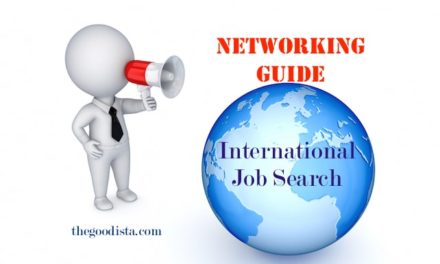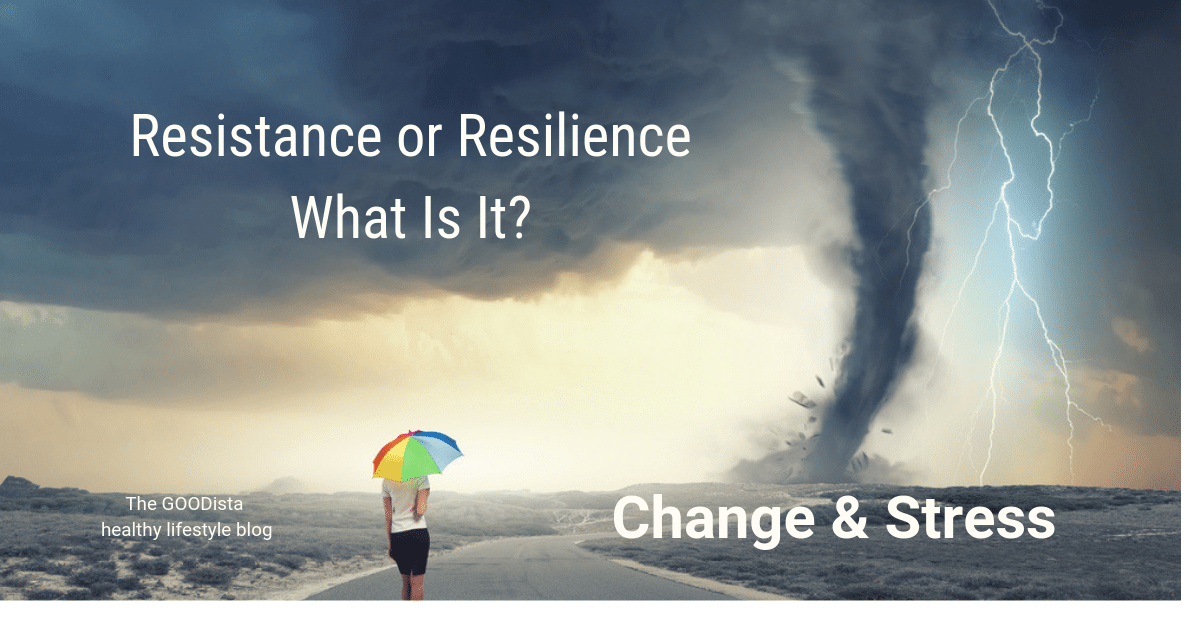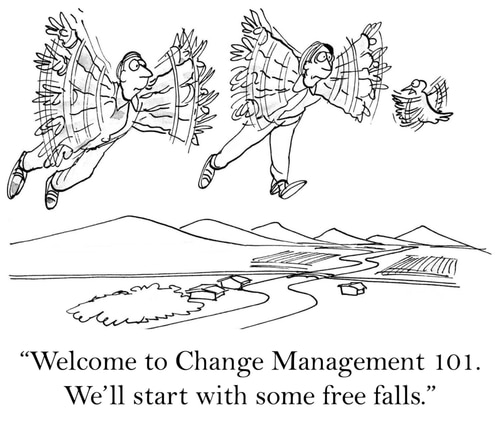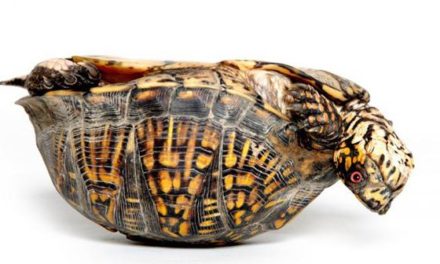Resistance, resilience and coping strategies are terms often connected with change and stress. The words take on a different meaning depending on what we are dealing with. At work, change resistance is seen as negative, and stress resistance quite the opposite. Change resilience and stress reliance are both deemed as ‘good’. In your personal life resistance and resilience take on other meanings too. Read on to find why the definition of resistance, resilience and coping strategies differ. Perhaps you can also get some tips on how to deal with change and stress at work and at home.
Resistance, Resilience or What?
Or What? This is what I felt when I started reading about resistance to change as opposed to resistance to stress. Same goes for change resilience and stress resilience. I got confused as resistance isn’t necessarily a bad thing, and resilience can be harmful in the long run. Perhaps, I thought, the answer could be found in how we manage change, stress and ultimately risk? What do you think?
Resistance to Change and Stress
Resistance to change and stress seem to be the same but are in fact very different. Here are the definitions:
Change Resistance
Change resistance is the tendency to resist change even when a surprisingly large amount of force is applied. There are two forms: individual and systemic change resistance.
- Individual change resistance is the refusal to fully support or adopt a new behavior by one person. For example: change your lifestyle.
- Systemic change resistance is the tendency for a system as a whole to reject an attempted change, even if that change is promoted over a long period of time by a smaller part of a system. For example a Workplace re-organization
Most of the time resistance to change is because we know what we have and feel unsure about the unknown. Here is here and there is there, right? If you don’t know what ‘there’ is like you feel better about staying where you are.
There is plenty of evidence that what we find most stressful as human beings are uncertainty, not change in itself.
Those that see what the change can give will be able to contribute and even make the change better. This is the theory behind successful change management. If you are able to see beyond the incompatibility between the ‘now’ and the desired change you will be able to take steps towards something new.
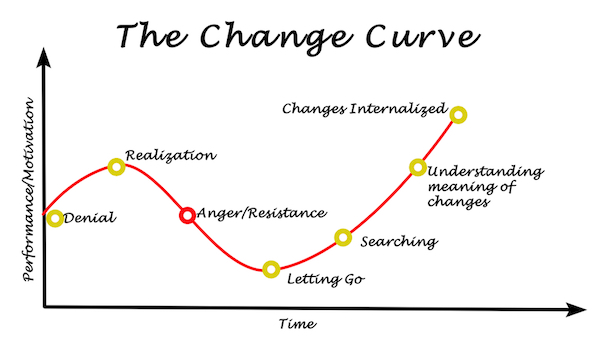
Stress Resistance
Stress resistance is a term to describe a person who isn’t bothered by stress at all. According to Johns Hopkins stress expert, Dr. George Everly: “This person just let’s stress roll right off his or back. It’s almost like immunity to stress. And just like a real vaccination, some people cultivate this state of immunity by deliberately exposing themselves to controlled doses of stress“.
We experience stress or perceive things as threatening when we don’t believe our resources for coping with obstacles (stimuli, people, situations, etc.) are enough for what the circumstances demand. When the demands being placed on us exceed our ability to cope, we perceive stress. 
Stress management is a way to deal with situations that are perceived as stressful. As the brain changes in response to experience, you can change your attitude toward stress and see every stressful situation you encounter as a “learning opportunity”. Stress management works with the areas of the brain that help you modify and control stress and will change your responses so you can cope.
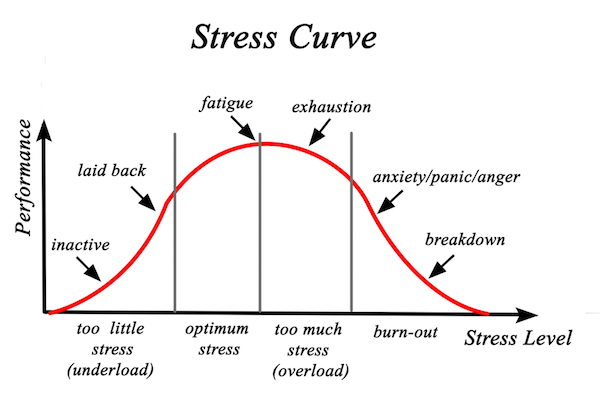
Resilience to Change and Stress
Resilience refers to how well you can deal with and bounce back from adversity. It can mean the difference between handling pressure and losing your cool. It can also be how you handle change.
Resilient people tend to maintain a more positive outlook and cope with stress more effectively. Research has shown that while some people seem to come by resilience naturally, these behaviors can also be learned.
Whether we are talking about stress or change – resilience is the ability to handle a situation with ‘hope’ in mind. If you know how you react you can tackle the reaction.
Basically, resiliency will allow you to think with flexibility and adapt to a situation more easily. This article has some good tips on how to build up resiliency: 10 Ways To Improve Your Resilience
Coping with Change and Stress
As human beings, our perspective on the world is largely influenced by our own perceptions and our own ways of taking in and processing information. We often forget that others may have different ways of perceiving events.
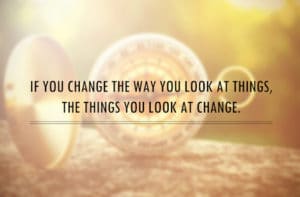 Any changes are seen as a threat to our way of life, and we say no to it before even considering the possible effect. When we feel a disturbance the in the force that we know as our own life (or work) we can react with inertia or resilence.
Any changes are seen as a threat to our way of life, and we say no to it before even considering the possible effect. When we feel a disturbance the in the force that we know as our own life (or work) we can react with inertia or resilence.
- Inertia is the resistance of an ecosystem property to change under stress.
- Resilience refers to the degree, manner, and pace of change or recovery in ecosystem properties following a disturbance.
Learning to deal with change and stress has become a necessary quality today. Nothing remains static, and as such we will be better equipped if we see how we can find ways to cope with whatever life or work throws our way.
Tips For Work
We spend more hours at work than at home in most cases, which is why change and stress become major factors when they occur.
We can choose to go along and tackle whatever comes our way or go against – which can be both painful and difficult. To build resilience at work you can train yourself to not go on auto-pilot resist mode. Change is part of any business and as such have a stake in what is going on.
You can most probably not undo the decision to make the change, but you can look at the proposal with an open mind. Being part of a change is to be curious about what the change is trying to achieve. A positive outlook will open doors for communication. This can even allow you to suggest positive changes to the change.
Working with a career coach can be a way to find ways to through a change at work, or lead you to see solutions that may lead you into new career paths.
Tips For Life
In life, you can choose to stay on your path or move toward a healthy lifestyle. Even so, life will throw you curveballs which is why coping mechanisms will help the body and mind.
Many resist changes to how we eat, move and live. We live on “auto-pilot” in some cases. Even with an intention to change, we find ourselves repeating the same behaviors and experiencing the same thoughts. When these thoughts are based on doubt and fear, they are even harder to change. On some level, they are serving a protective function for us.
Biologically we seek so-called homeostasis which is the tendency to resist change in order to maintain a stable, relatively constant internal environment.
But, if you’re not open to change, the risk is that changes will throw you off kilter more than it should. Any change will become stress which in turn can make you unwell. Tip Read: How To Tackle Resistance To Make Meaningful Life Changes and How to Outflank Your Own Resistance To Change
Resistance, Resilience, and Risk
Why is resistance to change and stress the same but very different? After all, we get stressed by change and resistance in any form can burn us out. And is resilience the only answer? It implies that change and stress are negative whereas both conditions are a disturbance to a given balance. Therein lay my confusion when I started looking at resistance, resilience and coping mechanisms.
My conclusion is that change and stress are facets of human interaction with its environment. It is not how we perceive what is coming that is the primary worry but, the fear of rocking the boat in any direction. We know what we know, and where we are. As such, we react within the realm of our own environment, knowledge, and life map.
Risk Management – A Solution?
One way to look at stress and change is to consider how you perceive a given situation. You look at it with risk management in mind. This means to identify, evaluate and prioritize the risks involved. You can then coordinate, and use your resources to minimize, monitor and control the probability or impact of perceived unfortunate events or maximize the opportunities that it may bring.
To get there you need a level of self-awareness. Daniel Goleman, the guru of emotional intelligence, identified self-awareness as being made up of emotional awareness, accurate self-assessment, and self-confidence. In other words, it is all about knowing your emotions, your personal strengths and weaknesses, and having a strong sense of your own worth. Read about how to develop self-awareness here.

Change and Stress: A New Mindset
The way forward seems to be widening the lens to understand what is coming and embrace more facts and information with a positive mindset. Coping mechanisms are a way to deal with the risk of change impact or indeed to reduce what a known stressor does.
Building up yourself to read what your body does when it becomes stressed is also a way to deal with change. This way we build up buffers to protect ourselves better or to preserve what we know works. It can also bring us opportunities by allowing us to move towards something new with experience and openmindedness. What do you think?
Welcome back to read thegoodista.com anytime, and feel free to subscribe to our newsletter.
Recommended and Related
- 10 Tips To Change Your Life – lifehack.org
- How To Change For The Better – inc.com
- Change Your Life – WikiHow
- 7 Little Habits – zenhabits.net

